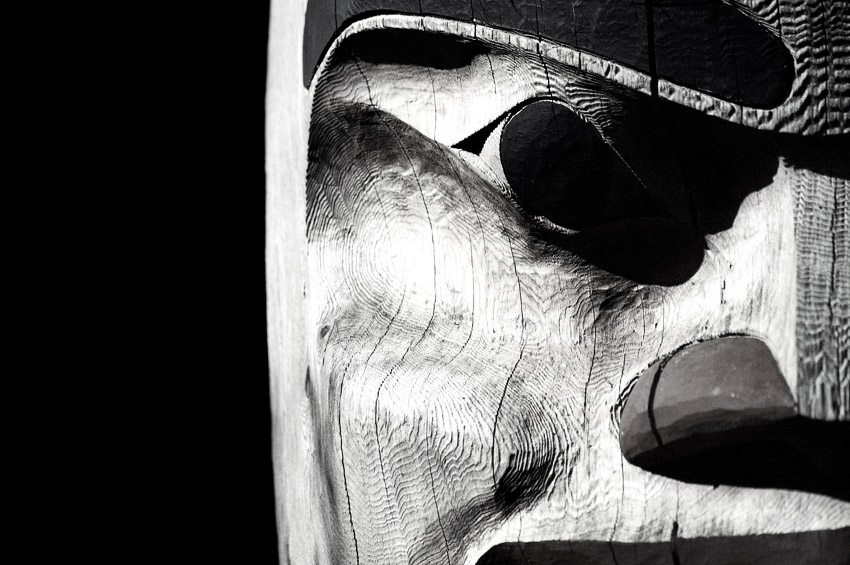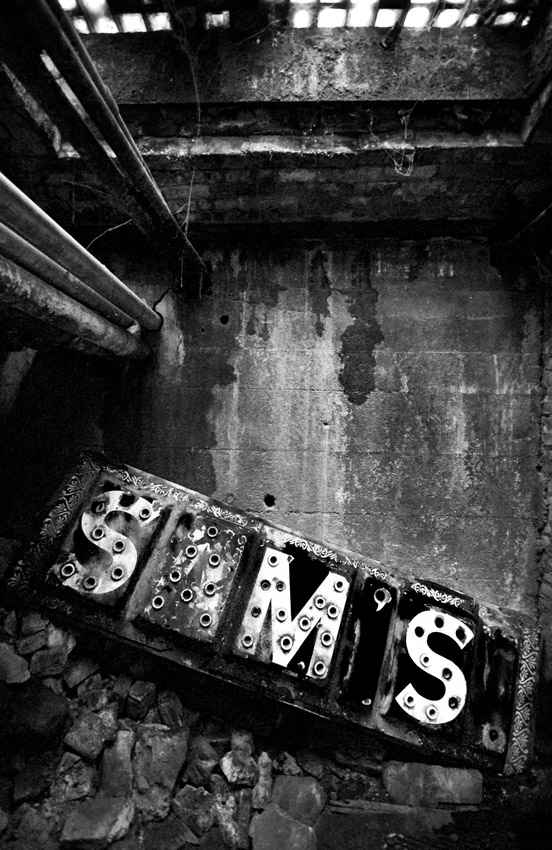Enable Domain authentication for intranet sites in Firefox

No update sources on Fedora 11 after upgrade from Fedora 10

From Fedora 11 Common Bugs:
When upgrading from an updated F10 install, yum ends up not working – outputting an error about no yum module found.
The version of yum in f10-updates was newer than the one in F11-GA – it caused yum to not be updated during the anaconda upgrade process. There is a simple one-time work around as root:
export PYTHONPATH=/usr/lib/python2.5/site-packages
yum clean all
yum update yum
That should update you to the current yum from F11-updates and you’ll be all set.
Update: I also had a strange problem with my user account, so I just made a new one then deleted the buggy one. All is good now.
Add OSX to Fedora Grub triple boot of Windows 7, OSX and Fedora

I managed to get triple booting setup with OSX (iDeneb 10.5.7), Fedora 10 and Windows 7 on my Lenovo T400.
I did it by first installing Windows 7 then OSX next. After the OSX install I couldn’t boot to Windows 7.
To fix this I booted onto the Windows 7 installation disk and selected repair then command prompt.
At the command prompt run diskpart. At the diskpart prompt do the following:
list disk
select disk n (n is the disk where Windows is installed)
list partition
select partition n (n is the partition where Windows is installed)
active
exit
reboot
Now Windows 7 should boot, if it doesn’t (and mine didn’t normally) boot onto the Windows 7 install again and select automated recovery of the boot area.
Windows 7 now boots and OSX doesn’t. Install EasyBCD in Windows, this is used to edit the bootloader. You can add the OSX in the Add/Remove entries section.
Save and reboot. Now you should be able to dual boot Windows 7 and OSX.
The next step was to install Fedora 10 (I tried 11 but there was a bug that kept the partitioning tool from installing into the free space on my drive.)
After installing Fedora 10 I was able to dual boot into Windows 7 or Fedora but no OSX using the Grub bootloader.
Next we need to edit the Grub config file that controls what shows up on the menu. Within Fedora open a terminal and type:
su and hit enter
Put in your root password
Next type: sudo gedit /boot/grub/menu.lst
This opens the menu.lst file in a text editor. The first thing I did was change the Windows option from Other to Windows 7 in the title field.
Next I added the following to get OSX into the menu:
title OSX
root (hd0,2)
chainloader +1
Now the root(hd0,2) you have to customize to your setup. For mine the OSX partition was the 3rd partition on the drive so it ends up as hd0 (the first hard drive),2 (3rd partition starting at 0)
Save and reboot. You now can triple boot Windows 7, Fedora and OSX. In theory.
I also changed the default from 0 (Fedora) to 1 (Windows). This way it automatically goes into Windows (my choice OS) if nothing is selected.
Light Through the Leaves
Totem 2
Totem
From Vancouver BC at the Capilano Suspension Bridge
Seeing Stars
The building formerly known as the Washington Mutual Tower
Sams
I’m in Seattle for an IT conference next week and managed to get a few extra days in shooting. This is from a tour called Seattle Underground, pretty interesting.







